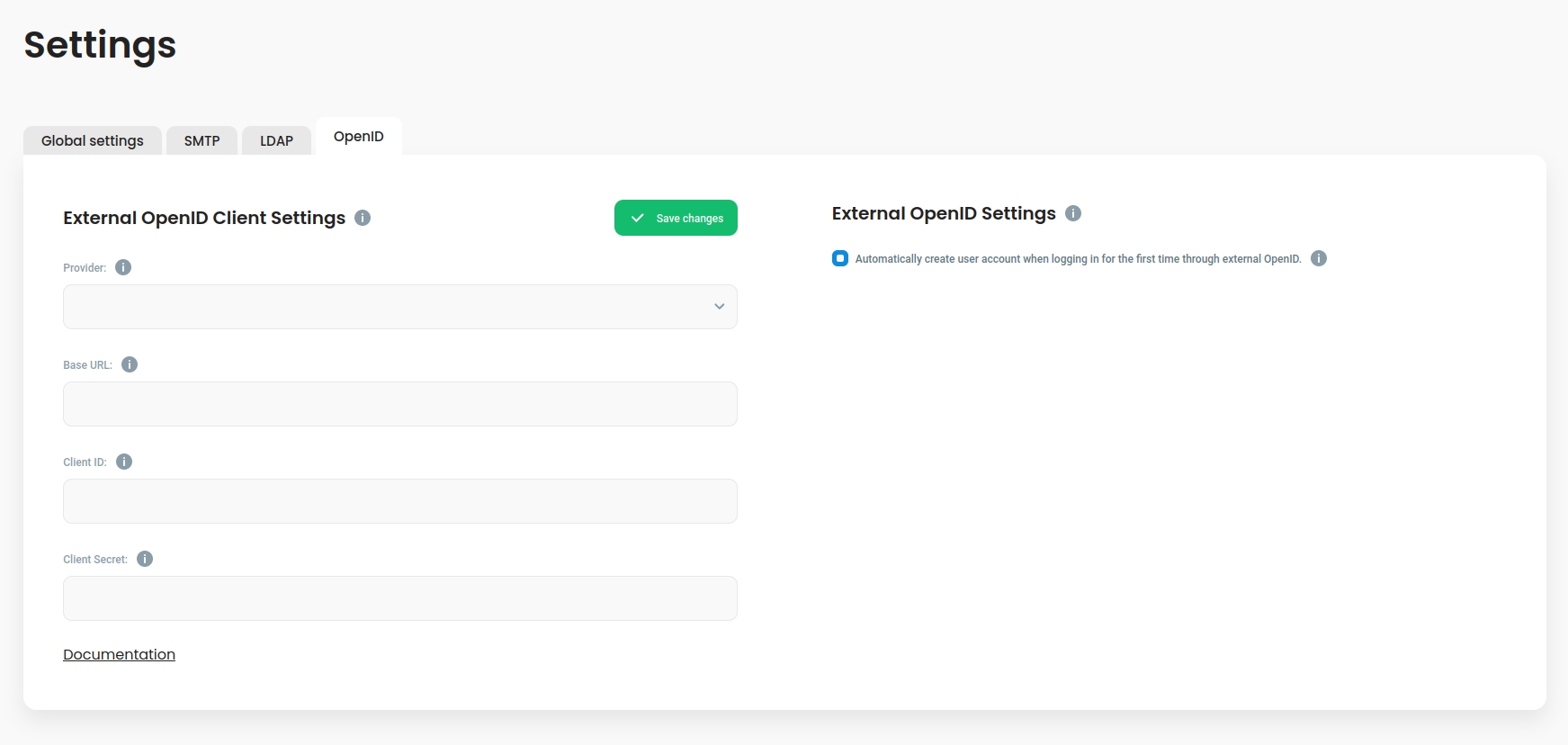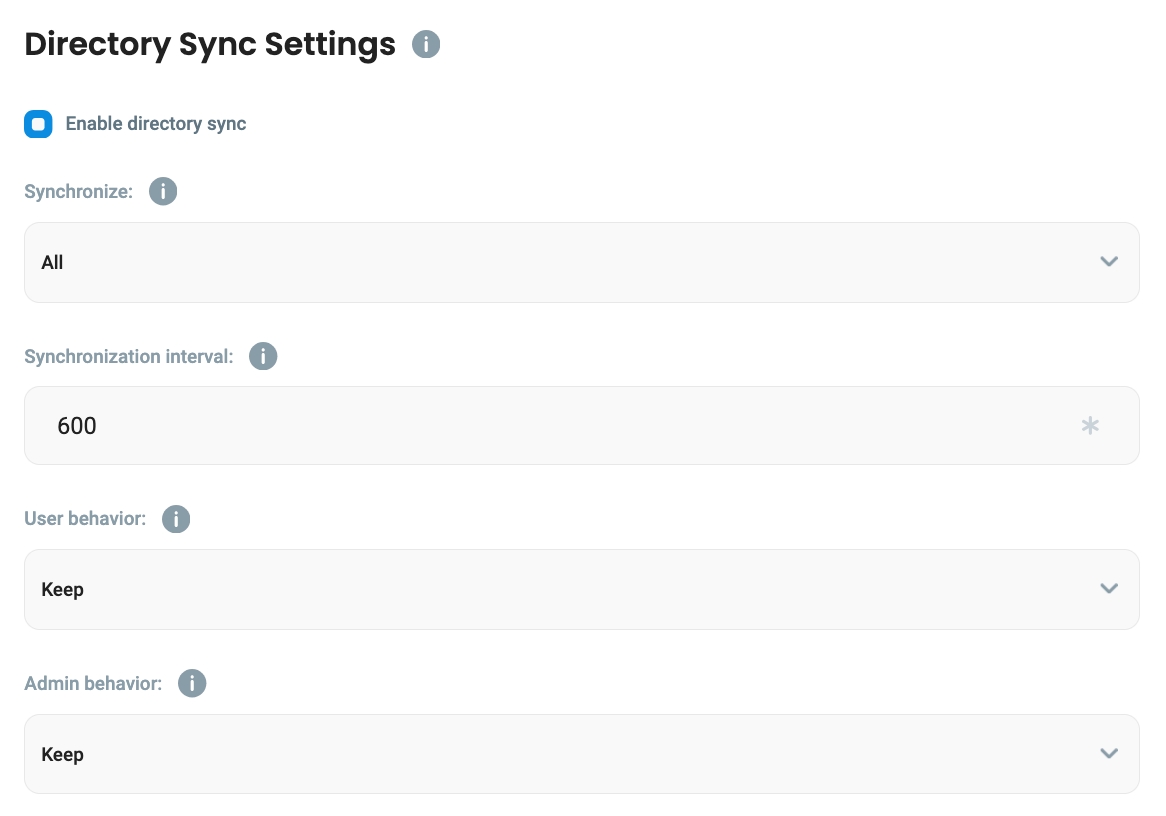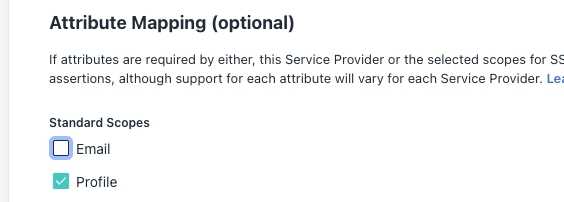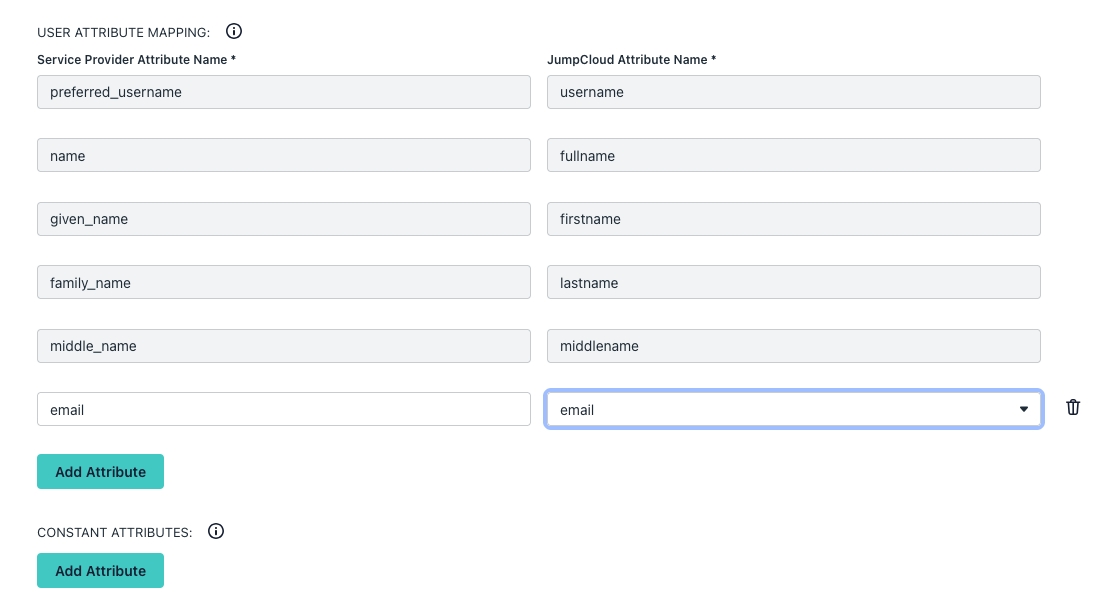External SSO/OpenID providers
This is an enterprise feature. To use it, purchase our enterprise license or ensure that your deployment does not exceed the usage limits.
Defguard, apart from being an identity provider itself, supports logging in through external OpenID providers. All providers that support standard and common code authorization flow should work.
Here are dedicated tutorials for most common SSO providers:
Tested by our users and confirmed: Authentik, Authelia.
Prerequisites
In order to configure this feature, the following information is needed to be obtained from a provider of choice:
Client ID
Client secret
(for custom provider) Your provider's base URL
(for Microsoft as provider) Tenant ID
If you don't know where to find those values, go to the Examples section, where you will find an example setup for the built-in providers.
Base URL
The base URL is used to discover all the necessary provider's endpoints which will be used during the authorization flow. Usually, all required information resides at <PROVIDER_BASE_URL>/.well-known/openid-configuration. Hence, in order for Defguard to discover the endpoints, you need to provide it with only the base URL value, and the rest (the well-known part) is appended automatically. The base URL should be provided without the trailing slash, some examples:
https://accounts.google.comhttps:://login.microsoftonline.com/<TENANT_ID>/v2.0http://<KEYCLOAK_ADDRESS>/realms/<REALM>(in the case of Keycloak)
Tenant ID
This is an optional value, required only if you are using Microsoft as your provider. Insert it in the BASE_URL field by replacing the <TENANT_ID> placeholder.
Redirect URI
In almost any provider's configuration, you will need to define a set of allowed redirect URIs. Those URIs are the URIs to which the user will be redirected after completing the login on the provider's site. In our case, the user should be redirected back to Defguard, hence, those URIs depend on your Defguard domains and have the following form:
<DEFGUARD_DASHBOARD_URL>/auth/callback<DEFGUARD_ENROLLMENT_URL>/openid/callback<DEFGUARD_ENROLLMENT_URL>/openid/mfa/callback
For example, if your Defguard main dashboard is accessible at https://defguard.my-domain.net and your users perform the enrollment through a proxy accessible at https://enrollment.my-domain.net you would need to enter the following URIs:
https://defguard.my-domain.net/auth/callbackhttps://enrollment.my-domain.net/openid/callbackhttps://enrollment.my-domain.net/openid/mfa/callback
These URIs will need to be provided in your provider's configuration. See External SSO/OpenID providers to learn more.
Configuration and setup
In order to configure the external OpenID provider login, go to the settings in the Defguard admin dashboard.

Everything related to the external OpenID configuration can be found in the OpenID tab of the settings page. The first thing to do here would be to pick your provider using the dropdown menu under the "Provider" label. Next, fill out the required information with values acquired from your provider. If you picked "Microsoft" or "Custom", make sure to also make corresponding changes in the "Base URL" field. After you are done, click "Save changes" to keep your changes.
You may have also noticed the checkbox option on the right. By default, when a new user (i.e. a user of whom Defguard has no record) logs in for the first time using the external OpenID feature, its account is created automatically, based on the personal details (first name, last name, email) received from the external provider. If you'd like to manually manage such users, uncheck the checkbox. Now, users will need to be manually created in Defguard first in order to log in through the external provider.
OpenID enrollment
When you configure your provider, the proxy will automatically allow enrolling users through it. See With external SSO (Google/Microsoft/Custom) for the process from the user's point of view.
For this to work, make sure you have the following two things set:
Additional allowed redirect URI in your provider's configuration (see Redirect URI)
A
DEFGUARD_PROXY_URLenvironment variable set correctly for your proxy (not core). This variable needs to be set for your proxy and should be equal to the URL where users perform the enrollment process. This should be set automatically if you are using the one-line deployment script version1.2.1or above. E.g. if your enrollment URL ishttps://enrollment.my-domain.net, setDEFGUARD_PROXY_URLtohttps://enrollment.my-domain.net.
Disabling automatic account creation

If you disable the option above, new users won't be able to automatically go through the enrollment. You will need to create their accounts by hand (with the same email address as the one they have set on your OIDC provider's side) and only then they will have an option to activate it by logging through the provider.
Directory synchronization
Defguard supports synchronizing users' and groups' states based on the state of the external provider directory. The following things can be synchronized:
User Groups: Automatically create and assign user groups in Defguard to reflect them in Google Workspace.
User Deletion: Removing a user from the provider's directory can also remove them from Defguard.
User Status: Disabling users in the provider's directory will disable them in Defguard.
Defguard doesn't automatically create users based on the users in your provider's directory. They will have to manually log in to Defguard through your provider for their Defguard accounts to be created. Defguard is responsible only for synchronizing their later state.
General configuration
The menu can be found in Defguard settings by navigating to the "OpenID" tab.

The following configuration options are currently available in the directory synchronization menu for all providers:
Synchronize (All/User/Group): What to synchronize.
All - synchronize both user state (disabled/enabled), their deletion, and groups
User - synchronize only user state (disabled/enabled) and whether they've been deleted
Group - synchronize only user groups
Synchronization interval (600s by default): How often to synchronize with your provider. Very low values may cause issues with the provider API. The user state is also synchronized on login.
If you want to delete your users based on the state of your provider we recommend trying out the "disable" behavior first to make sure everything works as expected. Always back up your database regularly.
User behaviour (Keep, Disable, Delete): What to do with Defguard users who are absent from your provider's directory.
Admin behaviour (Keep, Disable, Delete): What to do with Defguard users with admin status (in Defguard) who are absent from your provider's directory.
Currently supported providers
Known issues
Email conflict between user accounts
In scenario where:
User1 exists in Defguard
User2 has email: User1@domain
User2 will not be able to authenticate using OpenID.
This is not a system error, but an administrator’s negligence. The login (as well as the part of the company email corresponding to the login) must be unique, and the administrator is responsible for maintaining user data.
JumpCloud
When setting up JumpCloud you can encounter an error when attempting to log in with a message Failed to parse payload JSON: Error(\\\"invalid type: string.... This is because JumpCloud is returning a token that doesn't conform fully to the OpenID standard. You can try working around this issue by removing the email_verified field in your SSO application configuration in JumpCloud. In order to do this, edit your SSO Application and deselect the email scope:

Then, add the email below by hand:

Double check that the email_verified field is gone from the constant attributes section. The issue should be gone now.
Request to the provider times out
If the requests made to your provider time out you should check if the Defguard Core server has access to your provider. This can be done for example by running the curl command to one of the provider's endpoint from the machine/container on which the Defguard Core is running on. The request may time out either if:
The resource is not accessible because it's blocked by a firewall or other network configuration
The response is taking too long (more than 10s), making Defguard Core terminate the request.
Docker
If your Defguard Core instance is running inside a Docker container, you should first obtain the container's name:
In this case, the container name is defguard-core-1.
Now, open a shell inside the container:
While inside the container, you will need to first temporarily install the curl command as its not available by default:
Non-docker deployments
Make sure you have the curl command installed and you are running the command from the same server on which the Defguard Core is running.
Use the curl command to query one of your provider endpoints:
Microsoft:
https://login.microsoftonline.com/<YOUR_TENANT_ID>/oauth2/v2.0/tokenJumpCloud:
https://console.jumpcloud.com/api/v2Google:
https://oauth2.googleapis.com/tokenOkta:
<YOUR_OKTA_BASE_URL>/oauth2/v1/token
E.g. for Microsoft you can do:
Which should both print the response, the response code and the time it took for the request to complete. If the command doesn't complete or takes longer than 10s, the timeout issue may be related to your network/firewall configuration which makes the requests fail from the machine or take longer than expected. Please note that it's expected for this command to return an HTTP error code (4xx) as we are only testing connectivity (the ability to reach given endpoint).
Last updated
Was this helpful?